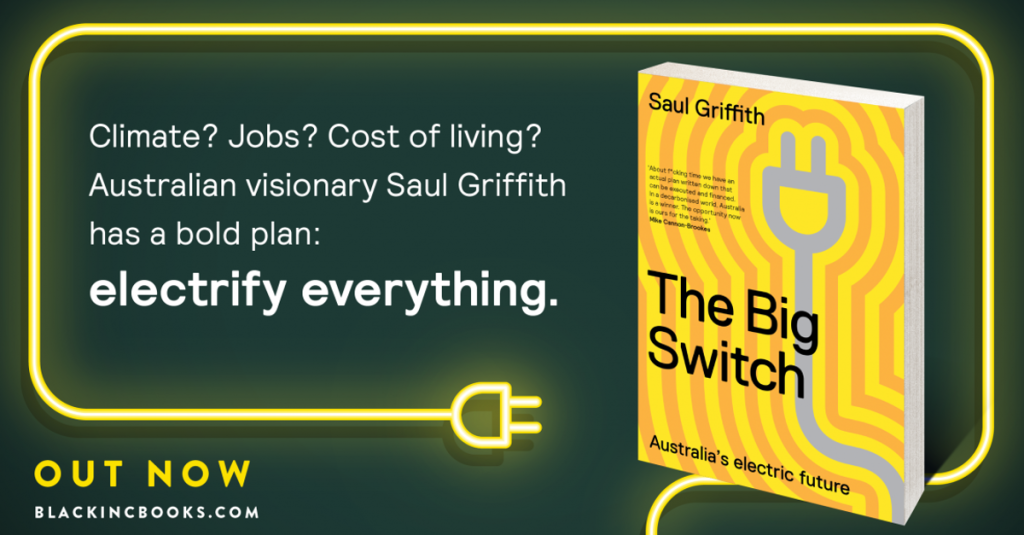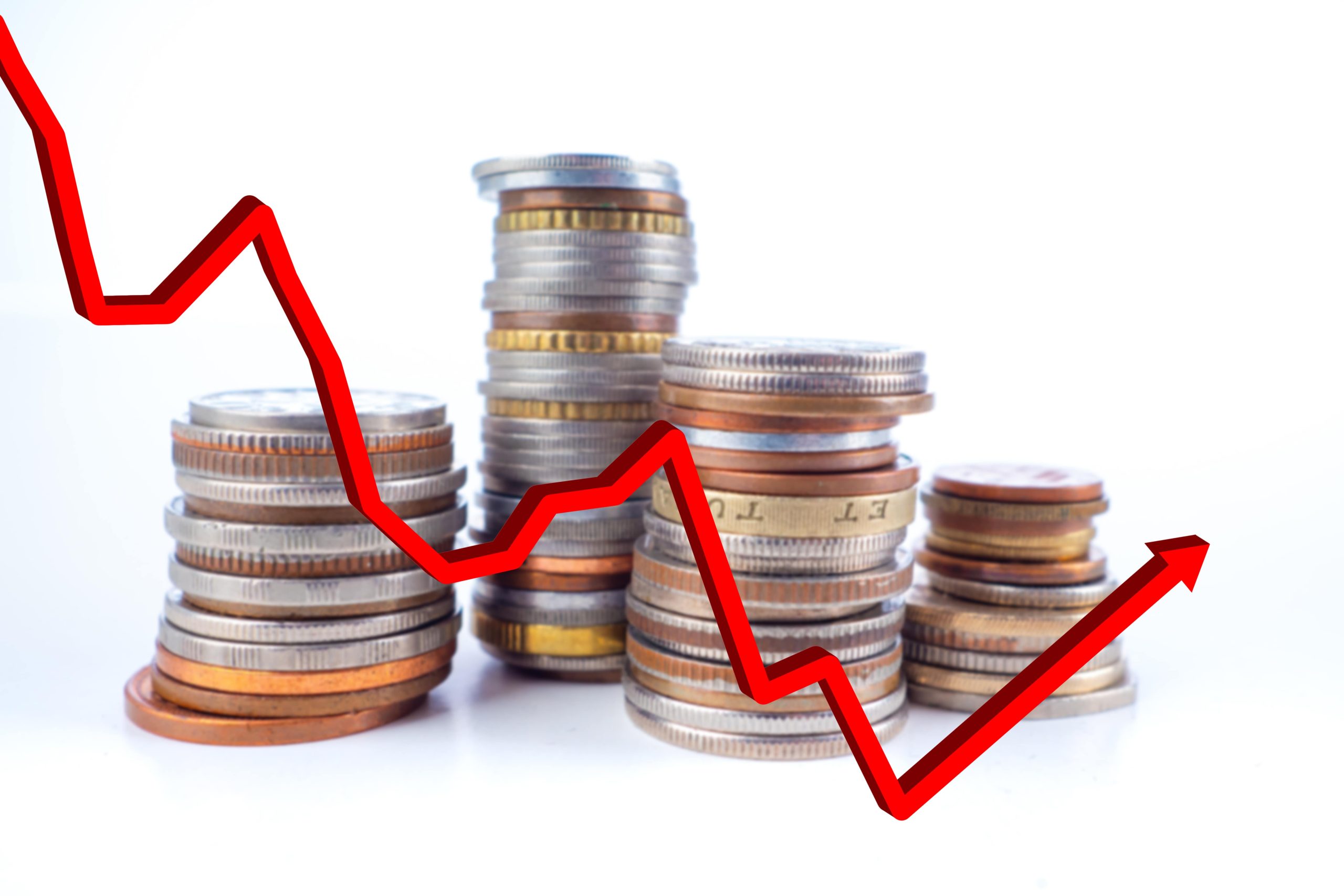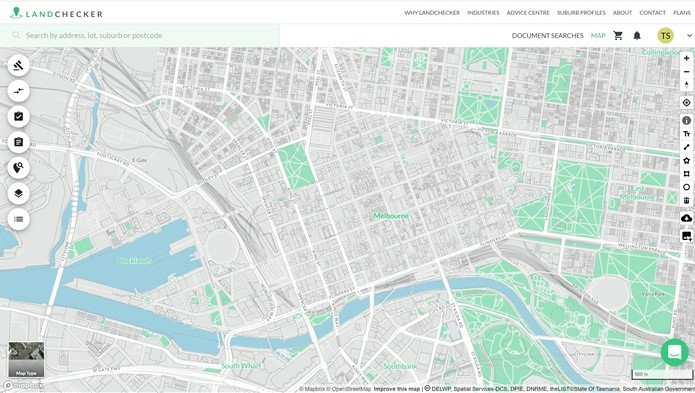Greenhouse gas emissions from households accounted for 42% of Australia’s total domestic emissions. In his new book, The Big Switch, Dr Saul Griffith demonstrates how we can dramatically reduce this number if we electrify everything in our homes. He also points out that Australian homeowners will be big winners financially if they make this switch.
Tim Stafford, head of research at WBP Group, reviews The Big Switch to see what the future could hold for Australian households and what part the residential mortgage industry has to play.
Born and raised in Australia, Dr Griffith moved to America, where he received a PhD from MIT. Since graduating in 2004, he has founded and co-founded numerous technology companies and was an advisor to Joe Biden during the 2020 presidential election.
Dr Griffith has returned to Australia to lay out a detailed blueprint for fighting climate change that will create millions of new jobs and a healthier environment.
The ‘average’ Australian house has 2.6 people, 1.8 cars and emits 11,000 kg of greenhouse gases per year due to energy generation. These emissions come from burning natural gas, burning coal, and burning petrol/diesel. By electrifying everything and utilising the power of renewables, Australian households will have no emissions from energy generation.
Dr Griffith’s electrification plan would see Australian homes with;
- rooftop solar panels – undeniably the cheapest form of electricity in Australia
- heat pumps for hot water, heating, and cooling – up to 3 times more efficient than their gas equivalent
- electric induction cooktop – more efficient and healthier than a gas cooktop
- a car charger – allows for an electric car to be charged from the rooftop solar panels while parked in the garage
- a battery – allows for excess energy generated from rooftop solar to be stored so it can power the house at night-time
How will homeowners be able to afford this big switch? The 2016 Census counted nearly 10 million dwellings, and electrifying the majority of these will be costly. Thankfully, Dr Griffith has the answer.
Electric appliances and cars are considerably more efficient than their fossil fuel equivalents, so an electrified house consumes significantly less energy. Because they are so efficient, homeowners can save thousands of dollars each year in operating costs by making the switch. Dr Griffith’s research shows that by 2030, homeowners could be saving $5,433/year on their energy bills.
There’s a substantial upfront cost to electrification. But given the relatively short payback period, homeowners will be in a better financial position in the long term. By providing an attractive financing option (a ‘green’ loan) that helps homeowners cover the upfront costs, the residential mortgage industry can be instrumental in speeding up this transition.
Green loans should incentivise homeowners to reduce their greenhouse gas emissions. However, it’s also essential to highlight potential savings that can be realised by the homeowner when everything in their home is electric. The residential mortgage industry can also play a crucial role in presenting this business case.
The federal election showed a captive audience ready to give up their fossil fuel addiction, and with Dr Griffith’s new book, we finally have a detailed plan that can be executed and financed. There’s never been a better time for the residential mortgage industry to engage with their existing and new customers to show them how they can be part of the solution.
If you would like to get more helpful valuation insights and property related news, follow WBP Group on LinkedIn.









